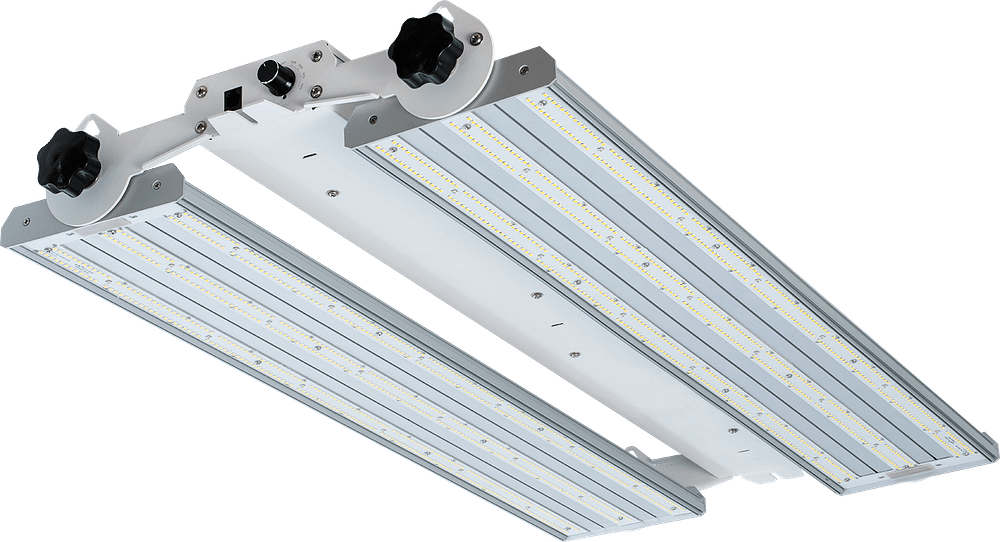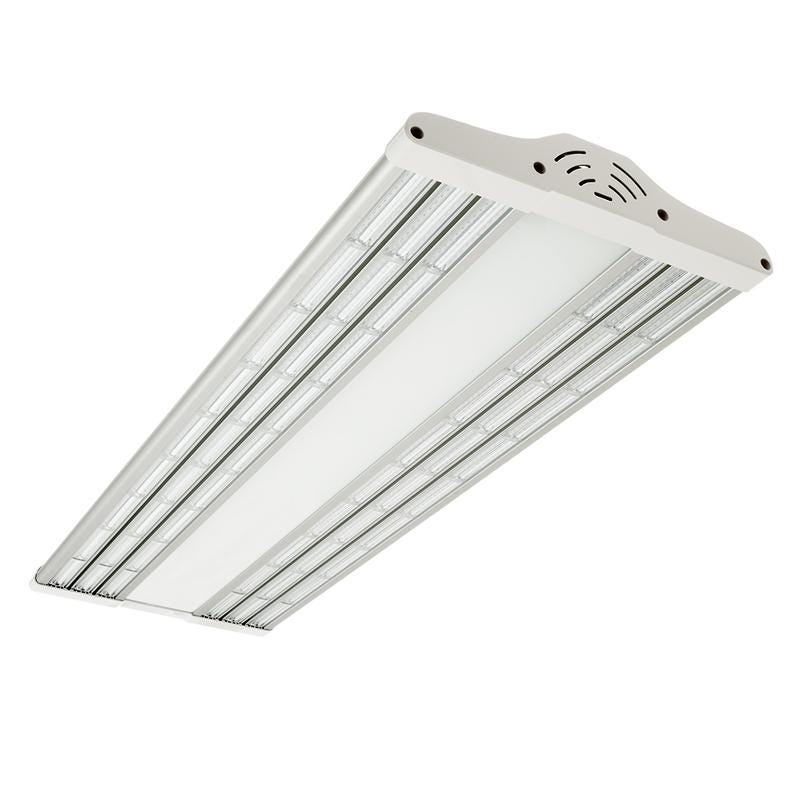Phantom PHENO 440 LED VS Electric Sky ES300 V3 LED Grow Light
[PR]上記の広告は3ヶ月以上新規記事投稿のないブログに表示されています。新しい記事を書く事で広告が消えます。
Phantom PHENO 440 LED VS Electric Sky ES300 V3 LED Grow Light
Plants need the sun. Beyond water and some good dirt, it is the essential element of a plant’s growth life cycle. However, not everyone has a suitable climate for growing plants. Either that or you want to grow year-round instead of only in the spring and summer.
Indoor growing operations have become standard for those of us with green thumbs and no tropical climate. A greenhouse or sealed room can still nourish and grow flourishing plants with artificial light.
LED grow lights are great for indoor operations that want to save on traditional lighting. Anything with a bulb will run a much higher electric bill. Did you know that there’s an even better version of an LED?
Full Spectrum LED grow lights (also known as FS LED grow lights) allow plants to receive even more beneficial sunlight to keep them healthy and growing big and strong.
What Are the Differences Between Grow Lights and Full Spectrum Grow Lights?
To understand full-spectrum lighting, you first need to know how light works. Light exists on a wave spectrum. Depending on the length of those waves, we get different colours. That’s how rainbows are formed when rain and the sun split the light into its full visible light spectrum.
However, there are other parts of the spectrum we can’t see, infrared and ultraviolet light. Some LED lights exist on a small piece of this spectrum. These LED’s are known as narrow spectrum LED’s and can only display blue or red lights.
Grow lights LED for plants should come as close to the sun’s light as possible. The narrow-spectrum LEDs don’t even come close to that. Instead, use a full spectrum LED, which displays white light and reaches all ends of the light spectrum. They are the best grow lights for plants.
Growers are adopting these lights because they’re easier on the eyes in an enclosed operation. Also, they display a broader range of lights shades on your crop throughout the entire growing process.
Research shows these different ranges of light can be more beneficial than we initially thought. Green, for example, has recently been found to play an important role in photosynthesis. The energy in the far red region has been linked to the growth of stems and leaves.
It’s better to give your plants this full range because they might miss out on something they would have received from the sun.
The only difference between a normal grow light and one with a full spectrum is the range of light. Typical grow lights will be on a narrow spectrum of red to blue, but the full range will reach every colour and the invisible light spectrums of ultraviolet and infrared. Additionally, full-spectrum LEDs are usually more expensive than their counterparts.

Features:
The Phantom grow light combines high photon flux with excellent efficiency. The low profile design and wide voltage range are ideal for a variety of applications. Two adjustable light bars allow users to adjust the spread of light. An integrated output knob provides control over the number of photons in the plant canopy. Suitable for both flowering and vegetative stages, the multiphase (MP) spectrum provides the ideal ratio of red to blue to promote growth and maximize flower development. The onboard dimming knob can dim to 40%, 60% or 80% of the total light output.
Electric Sky ES300 V3 LED Grow Light

Features:
Electric Sky’s advanced spectral technology creates a single spectrum with a special color ratio that enhances every stage of plant and flower growth in a 2.5' X 5' flowering area using just 300 watts. Full intensity control with dimmer. Electric Sky not only shows plants in true color to your eyes, but it’s also scientifically tuned for the rapid growth of plants. The larger distributed LED footprint allows our Electric Sky 12–15 inches to get from your plant canopy so you can grow taller and wider in tight spaces without burning or dead zones. Ultra-efficiency means more power to grow, so you can grow bigger plants with less heat and energy costs.
What To Consider Before Buying A Grow Light for Plants
There aren’t many things to consider while looking for the best grow lights for plants. However, two things are necessary to mention; light types, spectrum, Lumens, and watts.
1. Light Types
There are multiple grow light types in the market if you look for them. The major light types are however six:
Metal Vapor Lights
High-intensity discharge (HID) lamps
High-pressure sodium (HPS)
Incandescent lights
Fluorescent lights
LED lights
Of these six types, the first four are barely used at present times since they are costlier, less efficient, old, or not suitable for microgreens. That’s why we’ll stick our discussion to the last two.
The best ones that you need to use for the good growth of any type of plant are two; fluorescent and LED lights.
Fluorescent Lights
These lights are mostly used for indoor-grown plants that require medium light. Most plants fall in this category. Fluorescent lights come in tube-like bulbs.
Once upon a time, these lights used to be the go-to source of plant lamps. However, they fell out of favour since they don’t last that long.
LED Bulbs
You’ll find most large-scale commercial operations using LED lights for growing plants because they last longer than fluorescent lights.
Short for light-emitting-diode, LED is the most common type of Grow Light used for growing microgreens and plants indoors. They are highly efficient and emit all spectrums of light necessary for plant growth, vegetation, and fruiting. That is why LED bulbs are the best lights for vegetable growth.
2. Mind The Spectrum
The natural light from the sun emits all light frequencies within the electromagnetic spectrum. This means all types of plants get whatever light is necessary from this single light source.
The spectrum of light basically means the graphical display of each color in the light. This is expressed through wavelengths and its unit is nanometer (nm).
Light is a fundamental necessity for most of the plants’ survival on this planet. They use light for the photosynthesis process that produces their food. Plants mostly use the PAR (photosynthetic active radiation) region in the light spectrum which falls between 400 and 700 nanometers.
Artificial lights, however, don’t provide all light spectrum from the same bulb. That is why you need to consider which light frequency your plant type needs at the moment.
For example, blue light falls between 400 to 520 nm wavelengths and this light affects the chlorophyll content present in the plants. This light is necessary for both the vegetative and flowering stages of your plants.
Another essential thing for the growth of stems and the expansion of leaves for your plants is the red light. Falls around the 700 nm range, the red light is considered the most efficient at driving photosynthesis during the flowering stage. It also helps in seed germination.
That’s why, for leafy vegetable growth, you need to buy higher spectrum bulbs in the blue and red range. Because it is the first color that plants absorb in their vegetative stage.
Outside these two spectrums of light plants rarely use other lights for their photosynthetic activity. So one of the reasons why we see more efficiency using grow lights is that the lights can be very specific for the vegetable’ needs.
Light spectrums outside of blue and red wavelengths are used least by plants to grow as reds and blues are where most photosynthetic activity occurs — a big reason why full-spectrum grow lights are incredibly efficient because a grower can get very specific.
3. Brightness
Another important thing to consider while buying is the brightness of the lights. The brightness of your grow lights needs to be on par with that of natural light otherwise the plants won’t get much energy and won’t probably grow enough.
How do you measure the brightness of the lights?
Well, traditionally people used watts to measure the amount of light produced by a bulb. However, this doesn’t work with modern LED lights.
Watts, in modern-day LED lights, are used for measuring the amount of energy consumed by the lights rather than the brightness. Instead, lumens are the best unit to measure the brightness of the light.
Lumens are a measurement of the brightness of light per watt. Usually, LED lights give off more lumens per watt. That’s why a compact LED fixture might provide brighter light in spite of consuming fewer watts. More lumens means more brightness and it results in more growable energy for the plants.
How many lumens should you use on those plants then?
Well, plants usually need 2000 to 3000 lumens per sq. foot of growing space. Therefore, if your plant grows on an area of 9 sq. feet you’d require to provide from 18000 to 27000 lumens of light to properly cover that area.
In general, you’ll find LED bulbs producing around 300 lumens per watt. So your 9 square feet growing area you might require from 60 t
Conclusion
Indoor grow lights are popular and convenient solutions for both professionals and amateurs. With the right background and knowledge of the most appropriate products for your indoor gardening, it shouldn’t be challenging to acquire the best grow lights recommended by professional growers. Hopefully, the above tips and product options will simplify your search.
